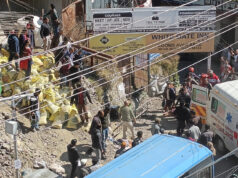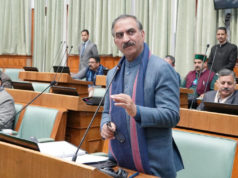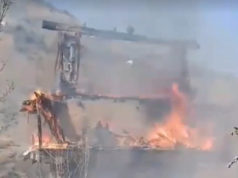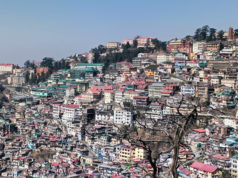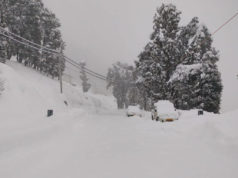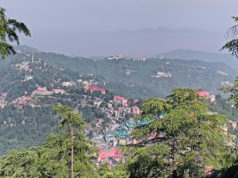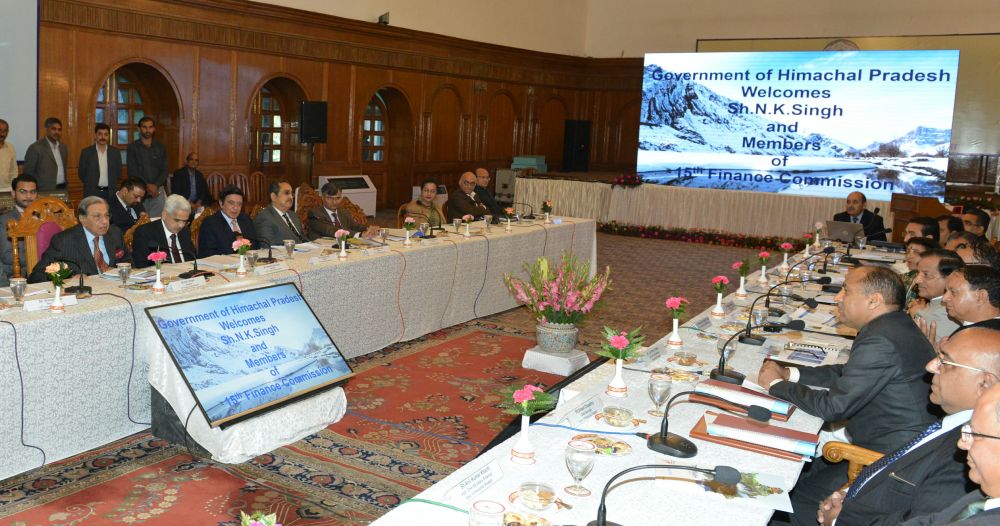Shimla – In a groundbreaking decision that could reshape the landscape of Shimla, the Himachal Pradesh Cabinet has given the green light to amend the Shimla Development Plan, thereby permitting construction activities within certain green belt areas. The areas encompass a stretch running from Navbahar to Ram Chandra Chowk, extending all the way to Navbhar, where there are no trees.
The announcement, which came after deliberation by the cabinet members, marks a significant departure from the previous environmental regulations in the region. According to the amended plan, residential construction within the designated green belt area will be allowed, but only on plots where there are no trees.
The green belt in question is a picturesque expanse that extends from Navbahar to Ram Chandra Chowk, continuing through Machhiwali Kothi, Christ Church, Lakkar Bazar, IGMC, Sanjauli Chowk, and concluding at Navbhar. This scenic area has long been cherished for its lush greenery and natural beauty, but the new amendments suggest a shift towards urban development in select portions where the environment won’t be significantly impacted.
The decision to permit construction in this green belt area has sparked a heated debate between environmentalists and proponents of urban expansion. Environmentalists argue that any construction in green belts can have adverse effects on the local ecosystem, including possible damage to the flora and fauna.
Proponents of the amendment argue that this strategic change in the Shimla Development Plan will open up opportunities for much-needed residential development within the city, addressing the housing shortage issue and promoting economic growth in the region.
Under the newly amended plan, residential construction will only be permitted on plots within the green belt area where no trees are present. This stipulation aims to minimize the environmental impact of construction activities while allowing for controlled growth.
The decision has left the citizens of Shimla divided, with some welcoming the prospect of increased housing opportunities and economic development, while others remain concerned about the potential consequences for the city’s environment.
As Shimla moves forward with these significant changes to its development plan, only time will reveal the true impact on the city’s landscape and ecology. It remains a subject of intense debate and discussion, and many are eagerly awaiting the first developments in this green belt area to gauge the real-world implications of the Himachal Pradesh Cabinet’s decision.




